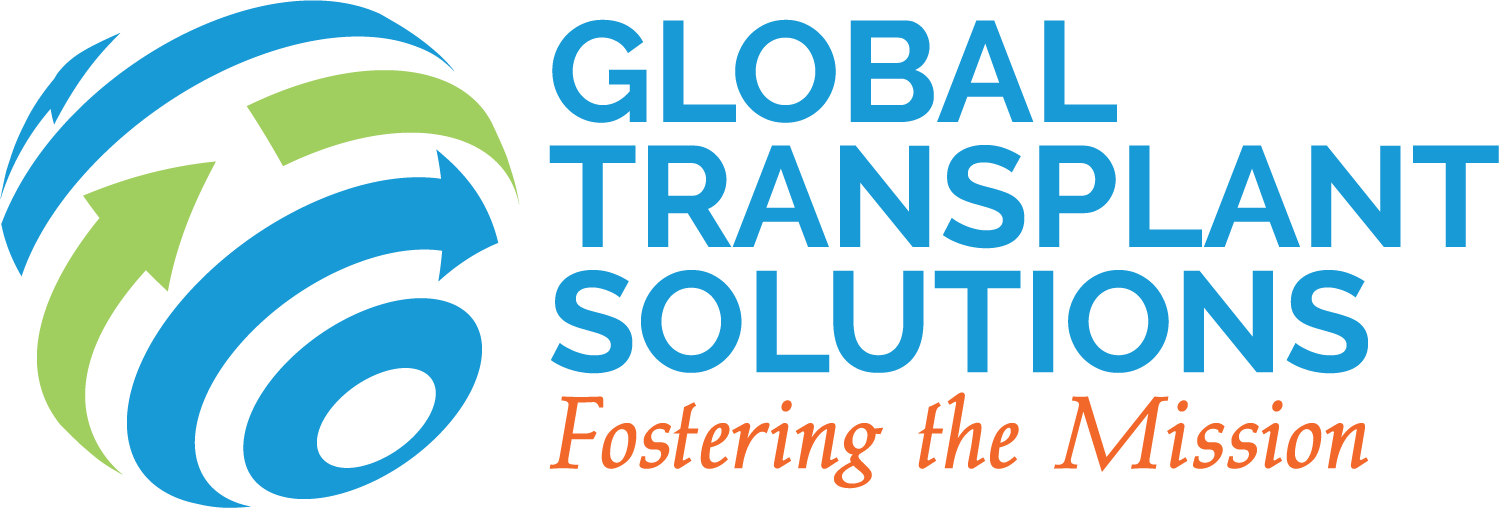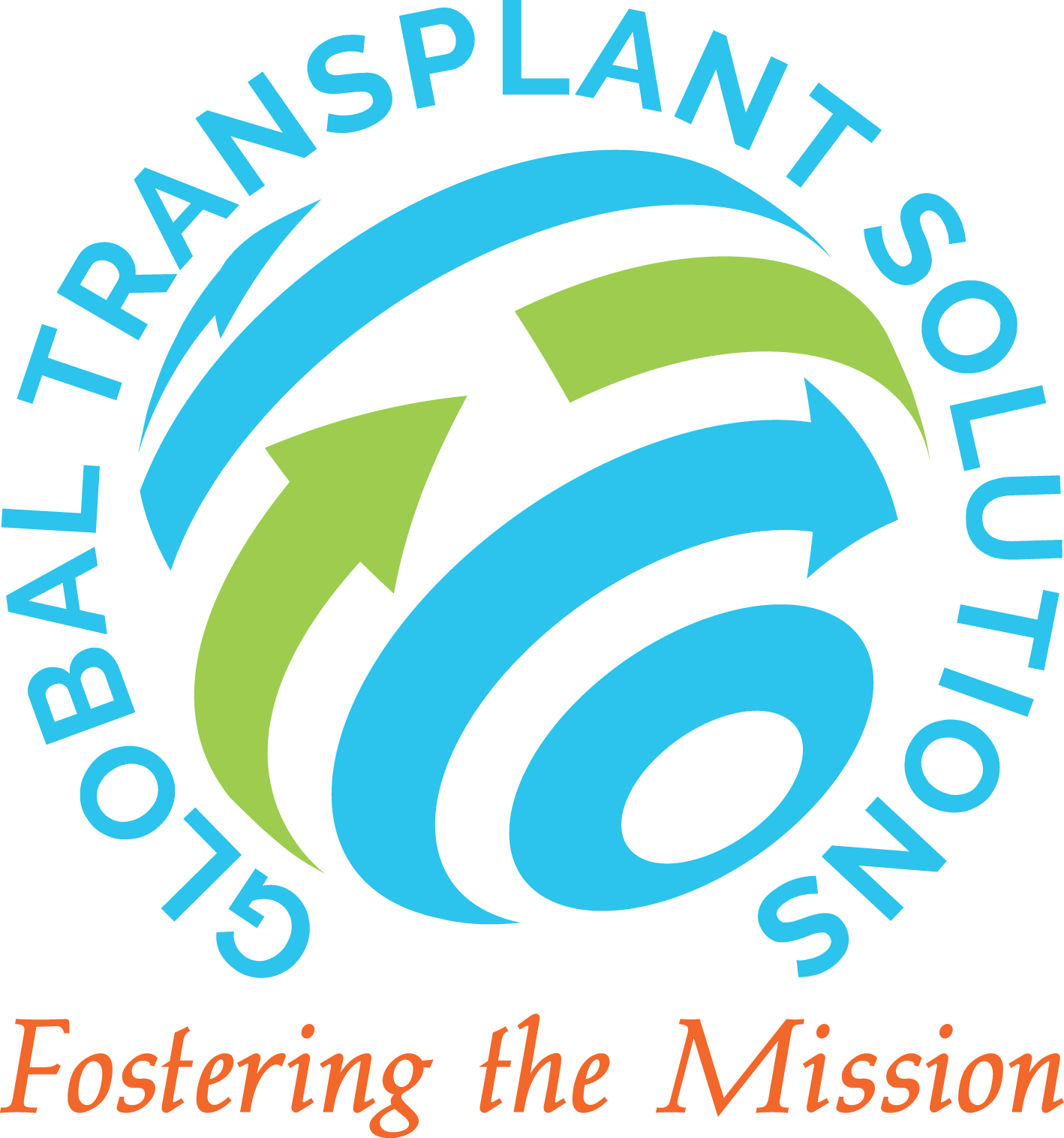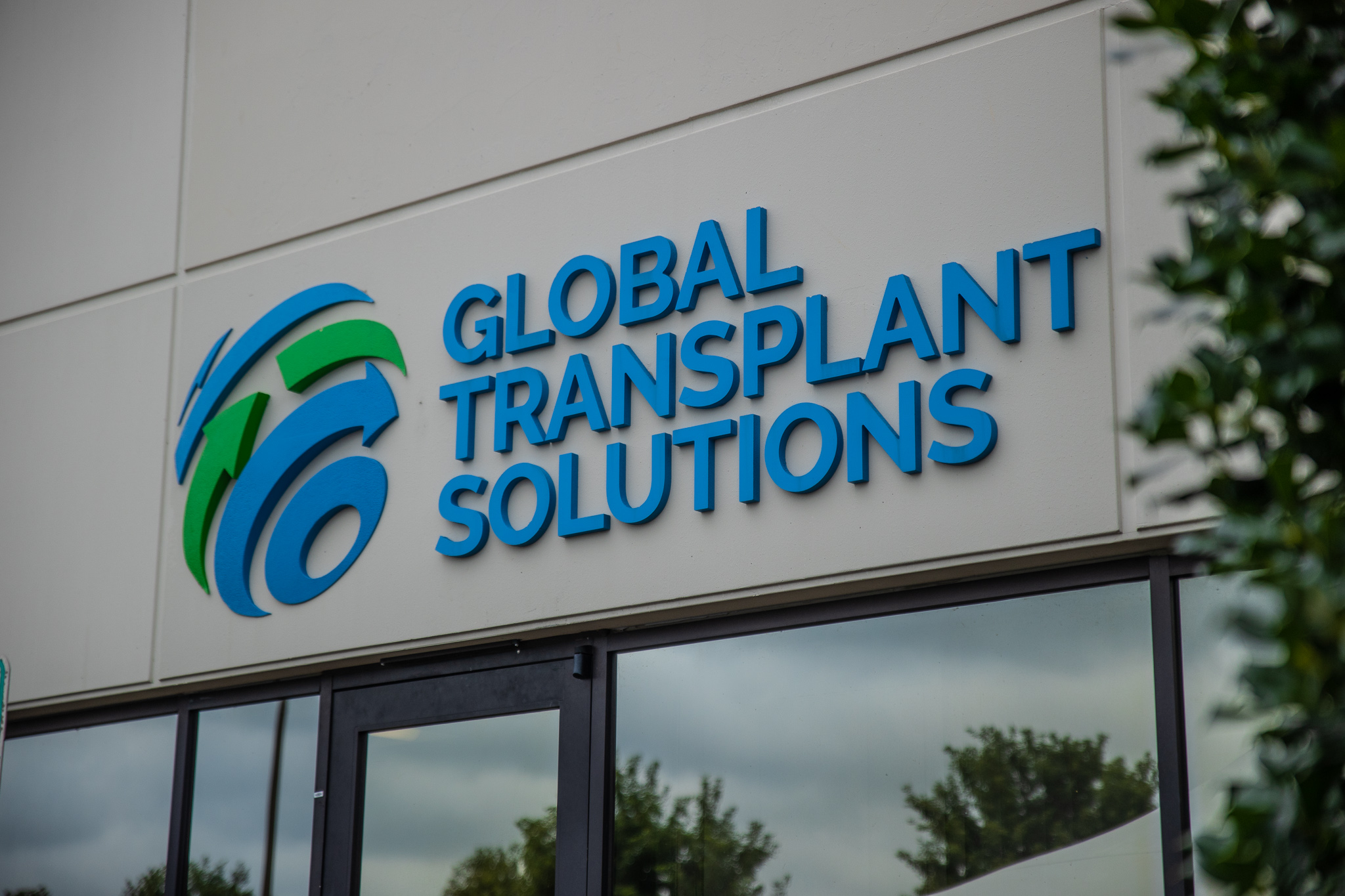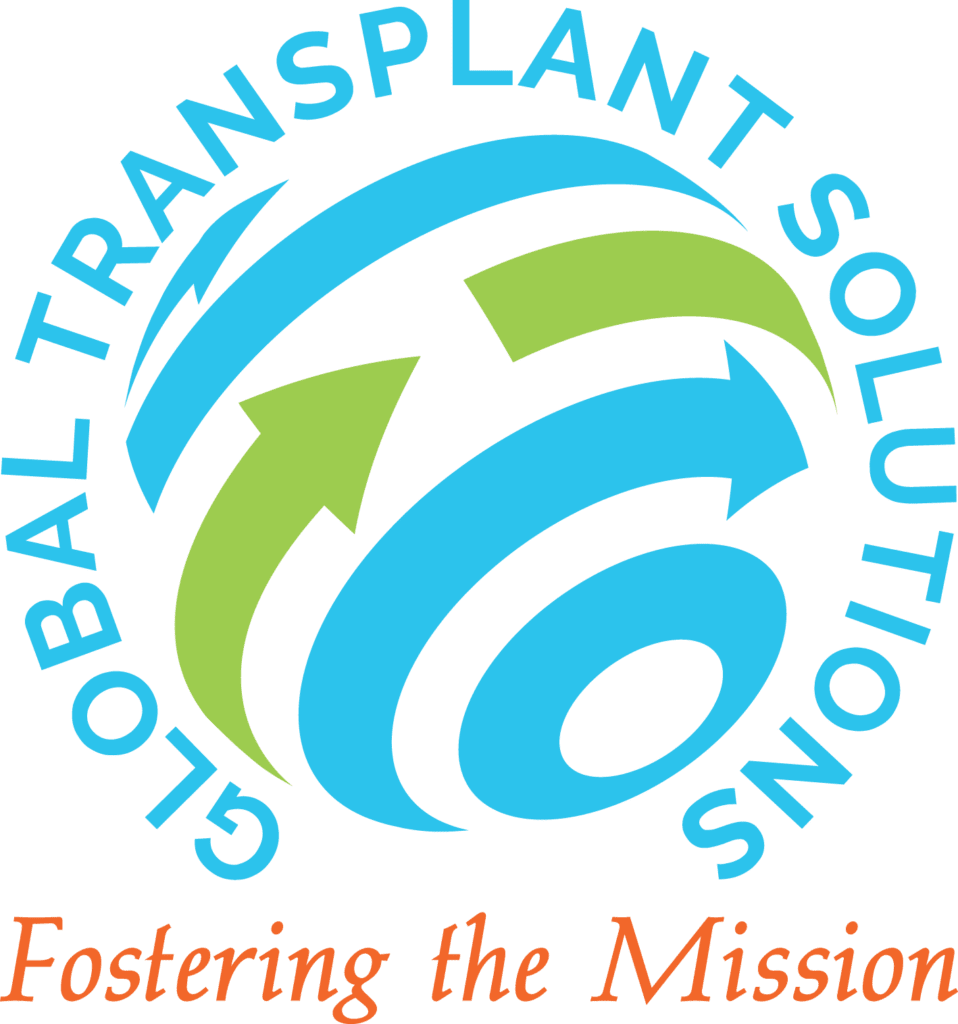A Year Review:
How The Organ Transplant Process Has Improved & Advanced
2022 was one for the record books.
The United States hit a new milestone in organ donation history by reaching its 1 millionth organ transplant. That is more completed organ transplants than any other country in the world, according to the United Network for Organ Sharing (UNOS).
This means 1 million individuals in the U.S. were given a second chance … 1 million individuals received the gift of life.
The Impact of Organ Donation
Last year also broke records when for the first time ever, the United States surpassed 40,000 transplants in a single year.
Additionally in 2021, more than 6,500 people chose to become living donors.
In the past decade alone, nearly 60,000 people have made the choice to become living donors.
Organ transplants are made possible because of organ donors!
In fact, it only takes one organ donor to save up to eight different lives.
Advancements in Organ Donation and Transplantation
As of September 2022, there were more than 400,000 people alive with a functioning transplant.
While this outstanding fact is an incredible feat, medical professionals are always searching for ways to improve the organ donation and transplantation system.
That is no easy task when the system has so many moving parts, though. As explained by the National Academies of Sciences, Engineering, and Medicine:
“In addition to organ donors and patients, the key components of the transplantation system include donor hospitals, where the deceased donor is admitted; organ procurement organizations (OPOs), which procure organs after declaration of death; transplant centers, where the recipient is taken to surgery and gets the organ transplant; and the U.S. Department of Health and Human Services (HHS), which oversees the system’s performance.”
When a report released from the National Academies of Sciences, Engineering, and Medicine showed “approximately 1 in 5 kidneys from deceased donors are not used,” recommended actions were proposed that the HHS needs to “improve coordination across the different parts of the system, and ensure they have common goals and unified policies and processes.”
Knowing statistics like these, the organ donation and transplant community has taken action.
For example, a “new system removed donation service area (DSA) and administrative regions from kidney allocation, replacing them with a 250 nautical mile circle around the donor hospital.”
And it’s been working! A data monitoring report by UNOS showed “a 16 percent increase in overall transplant rates following the removal of DSA and region.”
Furthermore, the report indicated “a three percent increase in non-utilized deceased donor kidneys, from 22 percent to 25 percent. Notably, organ offers increased by 46 percent after the changes took effect, while the overall offer acceptance rate decreased by 25 percent.”
And last but not least, the same report examined “equity in access to transplant, geography, and efficiency of allocation and utilization of organs” and transplant rates increased significantly for Black, Hispanic, Asian and pediatric candidates following the policy changes.
The University of Wisconsin Solution Shortage
Organ donation saves lives, and Global Transplant Solutions is proud to be a part of this life-saving mission.
During the University of Wisconsin (UW) Solution shortage, Global Transplant Solutions worked tirelessly to fill in the gaps. The limited availability of UW Solution caused some suppliers to restrict the amount of UW ordered by a single institution.
Consequently, the inadequate UW supplies impacted the entire organ donation and transplantation system, particularly Organ Procurement Organizations (OPOs). The inability to obtain this one specific type of organ preservation solution caused OPOs to not be able to maintain their donor-number objectives.
That’s when Global Transplant Solutions significantly increased our inventory to meet the growing demand for UW Solution. We provided this highly-needed preservation solution to a large majority of OPOs during the shortage, showing our commitment and dedication to the life-saving mission of organ donation.
The Why Behind What We Do at Global Transplant Solutions
We want to see the success of organ donation and transplantation continue to grow!
This is why our Servator™ Organ Preservation Solutions meet all the quality standards set forth by the U.S. Food & Drug Administration, the European Union Health Ministry, and Health Canada.
This is why our products are produced at our modern, automated cGMP- and ISO-certified sterile manufacturing plant.
This is why we continue to expand our product line, now offering a total of five Servator™ Organ Preservation Solutions, including:
- Servator B™ – UW (University of Wisconsin)
- Servator H™ – Histidine – Tryptophan – Ketoglutarate (HTK)
- Servator C™ – Cardiac Hypothermic Preservation
- Servator P™ – Lung Perfusion & Preservation
- Servator M™ – UW Machine Perfusion Solution
This is why we keep our distribution costs low and offer affordable shipping on all our Servator™ Organ Preservation Solutions.
And most importantly, this is why every employee at Global Transplant Solutions is a registered organ donor as part of our company’s vision of Fostering the Mission.
As we enter 2023, our goal is to do all we can to help organ donation and transplantation continue to thrive. Cheers to breaking more records as we work together to give the greatest gift of all – the gift of life.





